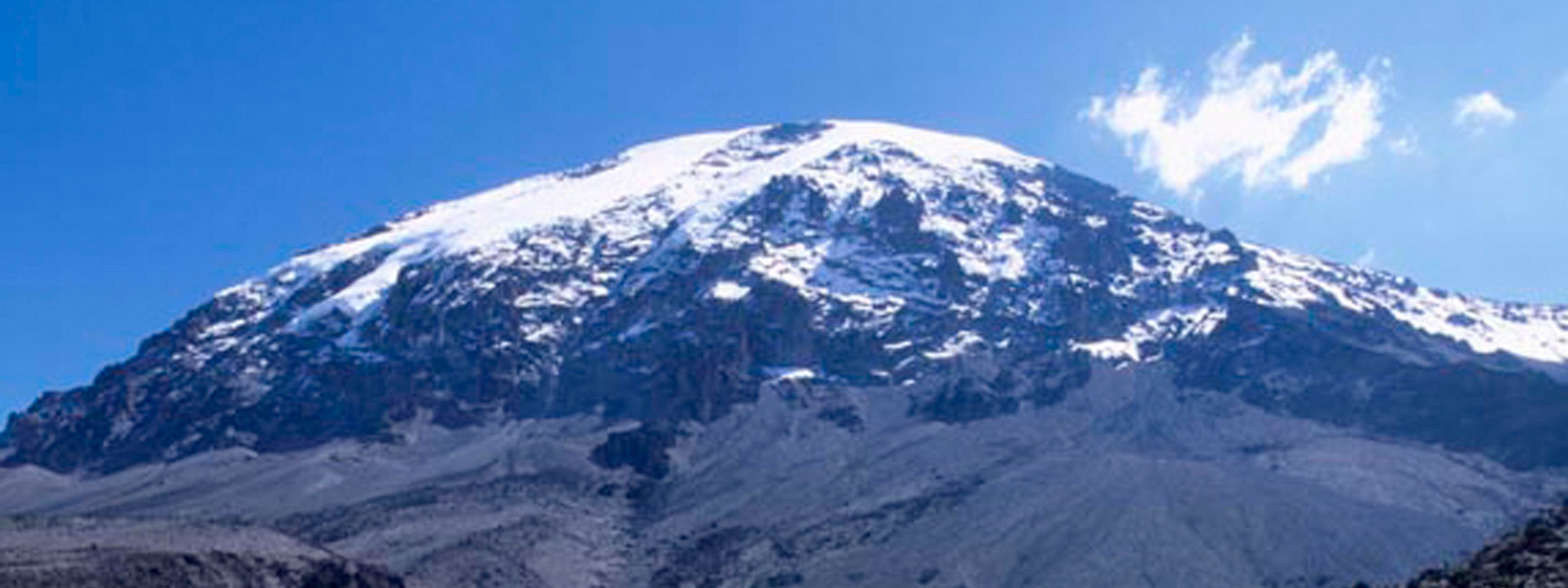info(at)aasafari.com Office at Suye Olorien, Moshono
Arusha Tanzania

The world's highest free-standing volcano and the highest peak in Africa. It consists of two extinct volcanoes (Shira 3,962m a.m.s.l) and two dormant volcanoes (Kibo 5,895m a.m.s.l and Mawenzi 5,149m a.m.s.l). The word's origin is unknown, however it is thought to be a mix of the Swahili word Kilima, which means "mountain," and the KiChagga word Njaro, which means "whiteness," therefore the moniker "White Mountain."
It was established as a National Park in 1973, officially opened for tourism in 1977, designated as a UNESCO World Heritage Site in 1987, and named a Natural Wonder of Africa in 2013. Climbing to the summit, which is high in the sky, is a once-in-a-lifetime event that no one will forget.
In a year, there are two rainy seasons. It rains around the mountain base and snow accumulates on the peak during the wet season, which runs from March to May.
From late June through September, the dry season is when the nights are cold and the days are entirely clear.
The park is situated between 1700 and 5895 meters above sea level, with annual average rainfall varying from 828 millimeters in the alpine desert to 2500 millimeters in the montane forest.
The park is 45 kilometers west of Kilimanjaro International Airport, and may be reached by car or flight. Marangu, around 41 kilometers from Moshi town and 86 kilometers from Kilimanjaro International Airport, is home to the Park Headquarters and one of the ascending gates. Rongai, Machame, Londorosi, Lemosho, Kilema, Mweka, and Umbwe are the other seven gates located around the mountain base and can be reached by road.
The Park is home to a wide range of features, including terrestrial wildness and permanent glaciers on mountain peaks.
There are three summits
Despite being close to the equator, Kibo, Mount Kilimanjaro's highest peak (5,895m), remains covered in snow all year. Conquering this mountain is a once-in-a-lifetime experience.
